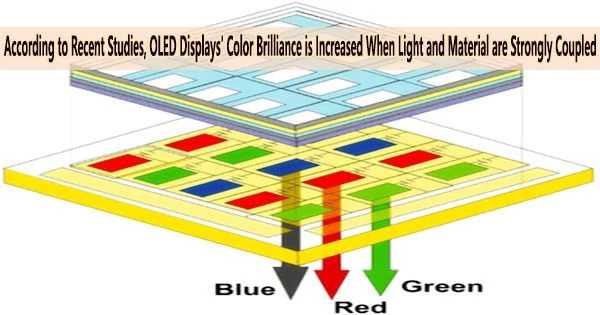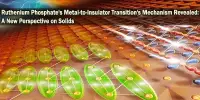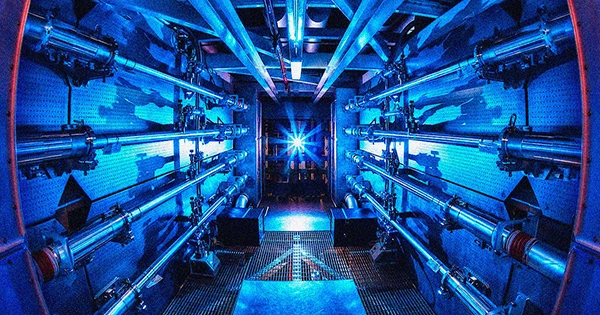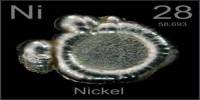In a recent study, a research team from the Universities of Cologne in Germany and St. Andrews in Scotland demonstrated how a basic physical principle may be applied to improve the color brilliance of smartphone, computer, and television screens without sacrificing energy efficiency. The results have been published in Nature Photonics.
In recent years, organic light-emitting diodes (OLEDs) have dominated the market for displays, from high-resolution smartphones to televisions the size of walls. To develop the next generation of devices with even higher color saturation, brightness, and efficiency, however, business and research must overcome a number of obstacles.
The organic chemicals used to create OLEDs have naturally broad emission spectra, which has an impact on the color space and saturation that can be used in high-end displays. To get around this problem, color filters or optical resonators can be employed to artificially limit the emission spectra of OLEDs. Unfortunately, this either reduces efficiency or causes the perceived color to be strongly influenced by the viewing angle.
The strong link of light and matter, a fundamental scientific principle, has now been demonstrated by researchers at the two universities to be able to alter the emission spectra of OLEDs without causing a change in color at oblique viewing angles.
By generating polaritons, we can transfer some of the advantageous properties of matter to our OLEDs including their significantly lower angular dependence, so that the colour impression of a display remains brilliant and stable from any perspective.
Dr. Andreas Mischok
When photons (light) and excitons (matter) exhibit sufficiently large interaction with each other, they can strongly couple, creating so-called exciton polaritons. The idea is similar to how energy is transferred between two connected pendulums, with the exception that both matter and light are coupling and continuously transferring energy in this case. Eventually, these polaritons release light once more.
The coupling between light and organic material can be greatly enhanced by sandwiching the entire layer stack of the OLED between narrow mirrors composed of metallic materials, which are already utilized extensively in the display sector. Strong coupling in OLEDs, however, has necessarily resulted in low electrical efficiency up until this point.
In order to prevent this, the researchers added a separate thin coating of extremely light-absorbing molecules, which is different from the OLEDs but comparable to those already employed in organic solar cells. The additional layer maximized the effect of strong coupling, but without considerably lowering the efficiency of the light-emitting molecules in the OLED.
“By generating polaritons, we can transfer some of the advantageous properties of matter to our OLEDs including their significantly lower angular dependence, so that the colour impression of a display remains brilliant and stable from any perspective,” said Dr. Andreas Mischok, first author of the study.
Although polariton-based OLEDs have been reported on in the past, their energy efficiency and brightness have been low. This has prohibited their use in real world applications and largely restricted them to fundamental study. The team has now achieved the first successful realization of polariton-based OLEDs at efficiency and brightness levels acceptable for real-world use.
Professor Malte Gather, who led the study, believes: “With efficiency and brightness comparable to OLEDs that are used in commercial displays, but with significantly improved colour saturation and colour stability, our polariton-based OLEDs are of great interest to the display industry.”
The efficient and on-demand creation of many polaritons is important for a variety of different uses, including lasers and quantum computers, in addition to the development of the next generation of displays.
















